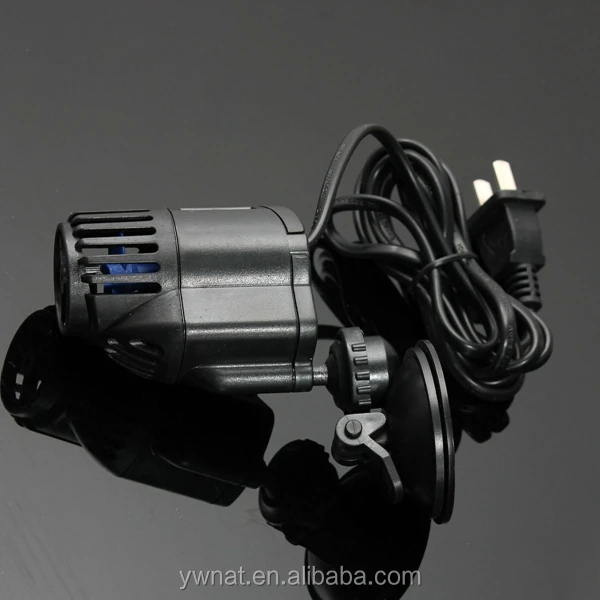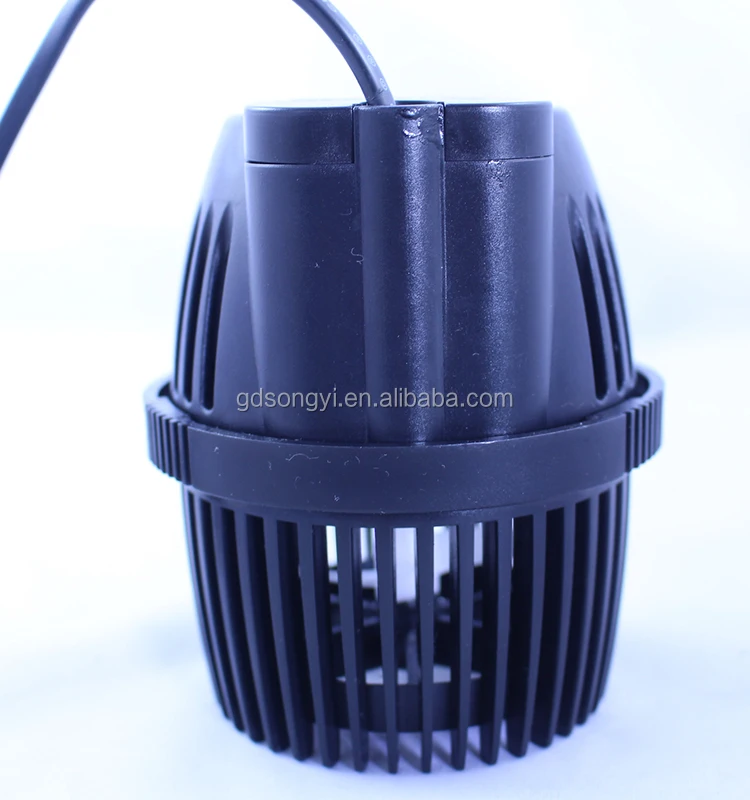

Cambridge University Press, CambridgeĮwing GC (1950) Slicks, surface films and internal waves. Exp Fluids 57(8):1–12ĭrazin PG (2002) Introduction to hydrodynamic stability. Pergamon Press, Oxfordĭossmann Y, Bourget B, Brouzet C et al (2016) Mixing by internal waves quantified using combined PIV/PLIF technique. Meas Sci Technol 18(3):533–547ĭavis RE, Acrivos A (1967) Solitary internal waves in deep water. J Fluid Mech 396:1–36ĭalziel SB, Carr M, Sveen JK et al (2007) Simultaneous synthetic schlieren and PIV measurements for internal solitary waves. J Geophys Res Oceans 119(5):3171–3184Ĭhoi W, Camassa R (1999) Fully nonlinear internal waves in a two-fluid system. J Fluid Mech 25(2):241–270īiescas B, Ruddick BR, Nedimovic MR et al (2014) Recovery of temperature, salinity, and potential density from ocean reflectivity. J Geophys Res 80(3):320–327īenjamin TB (1966) Internal waves of finite amplitude and permanent form. This non-linear trend in shear strain rate and vorticity can lead to the generation of sharper interface and short-period (i.e., higher frequency) non-linear internal waves.īell TH (1975) Topographically generated internal waves in the open ocean. Further, the magnitude of shear strain rate and vorticity computed from experimental PIV measurements had a sharp, non-linear increase along the interface compared to the one computed from the linear theory. The interface detected from experimental PLIF images indicated that due to the non-linear effects, a steeper wave with a sharper-looking interface at anti-node locations was formed in comparison with the theoretical linear sinusoidal shape.


The comparison between the internal wave frequency computed from the experimental results and the dispersion relationship resulting from the theoretical third-order Stokes internal-wave solution confirms that the laboratory-generated waves demonstrate non-linear behavior. The interface location, wave amplitude and period, interface thickness, convection transport terms, fluid velocity, shear strain rate, and vorticity are quantified and analyzed at fixed phases in the wave cycle. Experimental results are presented for two configurations with a density jump of 1.1 kg/m \(^3\) and 1.5 kg/m \(^3\) (separately). A laboratory-scale apparatus was created to generate standing internal waves in a two-layer stratified system. To provide insight to the dynamics of weakly non-linear standing internal waves, the density and velocity fields are measured using combined planar laser-induced fluorescence (PLIF) and particle image velocimetry (PIV) techniques.


 0 kommentar(er)
0 kommentar(er)
